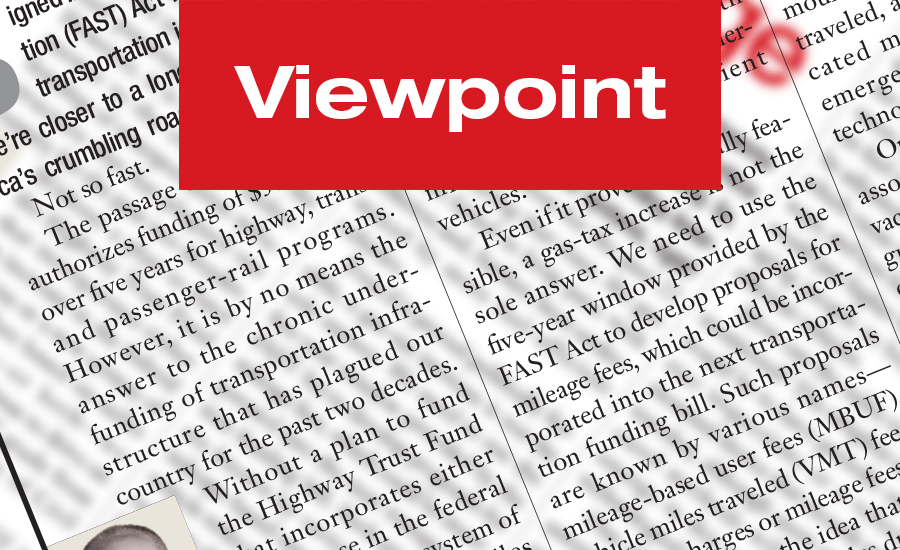The Trump administration has begun to lay out its infrastructure rebuilding strategy, and it is increasingly clear that a cornerstone involves private-sector funding through public-private partnerships (P3s).
 |
| Flowers |
The administration knows that the only way to succeed is by overcoming private-sector concerns about federal permitting delays. That’s why the president and senior officials have gone out of their way to stress that this administration’s permit approvals will come faster and easier than in previous years. Expedited approvals, the administration hopes, will jump-start P3s and make progress on one of the president’s most visible campaign themes.
Will this work? Yes, but only if the administration adopts a perspective based on experience. First, everyone involved should recognize that the main delays with federal permitting usually stem from three laws: the National Environmental Protection Act, the Clean Water Act and the Endangered Species Act. All require compliance with regulations created in keeping with the Administrative Procedures Act, which sets rules on public notice and regulation justification.
Changing the rules for any of these three laws is time-consuming and certain to spark litigation. The administration and Congress are seeing this firsthand with the ongoing “waters of the U.S.” litigation. Another option involves changing the actual laws, but this appears unlikely. In my view, the administration’s best hope to accelerate permit times is by adopting a process that unifies a project’s permit applications under a single “one-stop shop,” overseen by a designated federal official. That official becomes the arbiter among agencies and ensures a permit application does get not bogged down.
This model has worked in Europe for years. A version of it also helped to accelerate New Orleans’ rebuilding after Hurricane Katrina. In that instance, the Corps of Engineers had the lead and coordinated action with federal agencies.
Second, the administration and Congress have to accept that sometimes what is politically appealing can backfire. Budget cuts that strike at agency departments charged with overseeing permits are a clear example. It is a classic self-defeating strategy because project sponsors need federal officials who can write legally defensible documents that accompany the permit approvals. These docs include records of decision and environmental impact statements.
Typically, permit evaluations are handled by the Army Corps of Engineers as an agent of the EPA. (The U.S. Fish & Wildlife Service handles Endangered Species Act evaluations). During my time as commander of the Corps, I had to deal with many situations involving members of Congress who thought the best way to secure a favored project’s approval was by cutting the budget for permit staff.
One time, a well-known, powerful Republican wanted Corps approval of a multistate energy project. When approval was delayed, he responded by cutting the Corps’ permit budget. I told him that I would commit to decisions within specific timeframes for all projects, including this energy project, but he had to fund Corps’ operations. He declined. Too bad—that project would have had faster approval if we had had adequate permit funding.
Finally, while there is much that the federal government can do to streamline permitting, public-private partnerships will have to be smart about the process, too. Above all, that means anticipating roadblocks and taking action before they cause delays.
One of my favorite examples involves a situation in the Northeast two years ago. After extensive evaluation, the U.S. Fish & Wildlife Service listed the northern long-eared bat as “threatened” under the Endangered Species Act. That triggered immediate delays on logging, road construction and energy operations in the area, which included the Marcellus shale. But one large infrastructure operation saw this coming and had conducted its own impact study on the bats, which it quickly submitted to FWS. The company avoided six months of construction delays.
The administration clearly sees P3s as crucial to infrastructure rebuilding. To achieve success, both sides will have to be smart in their permitting approach.
If you have an idea for a column, please contact Viewpoint Editor Richard Korman at kormanr@enr.com.




Post a comment to this article
Report Abusive Comment